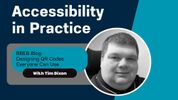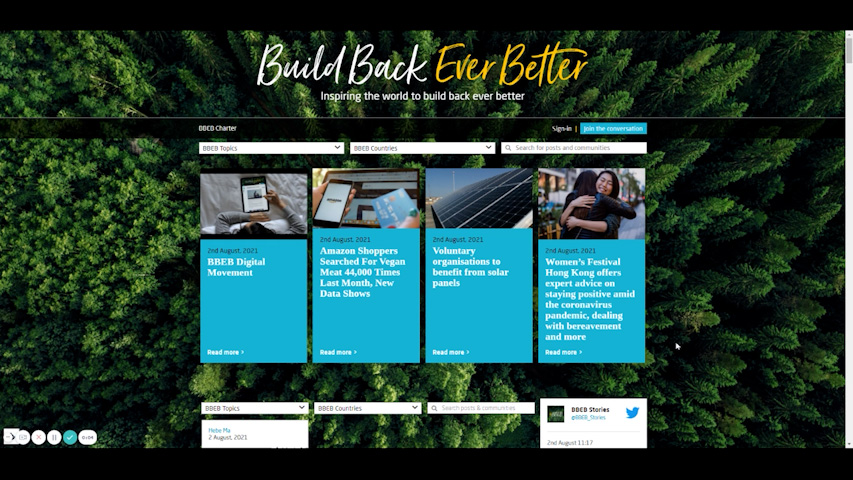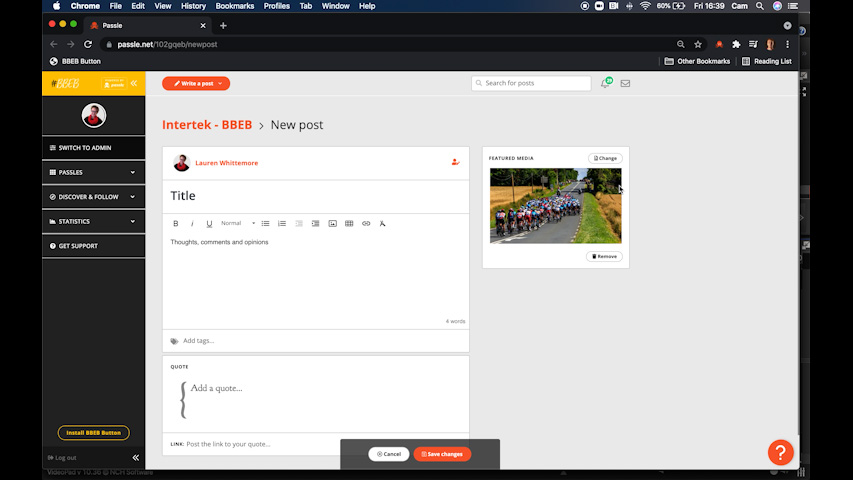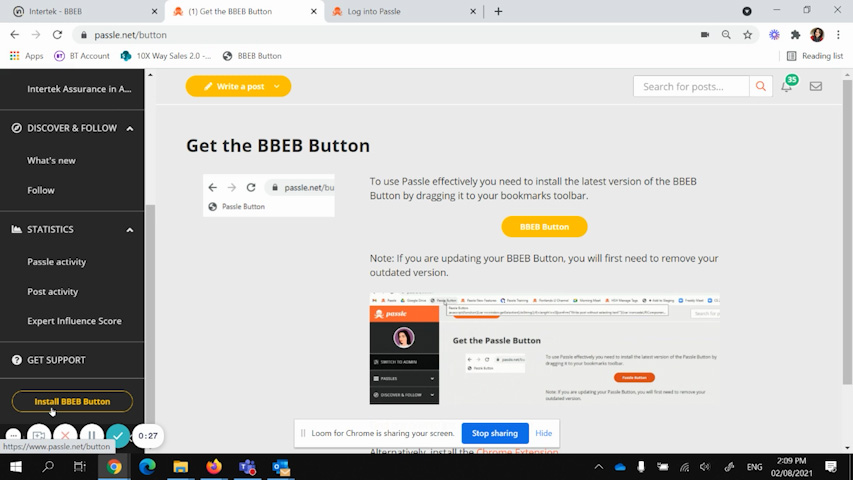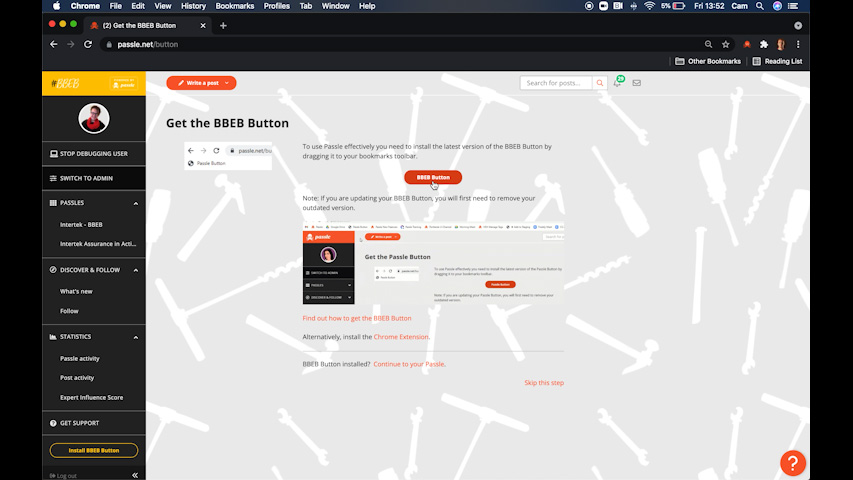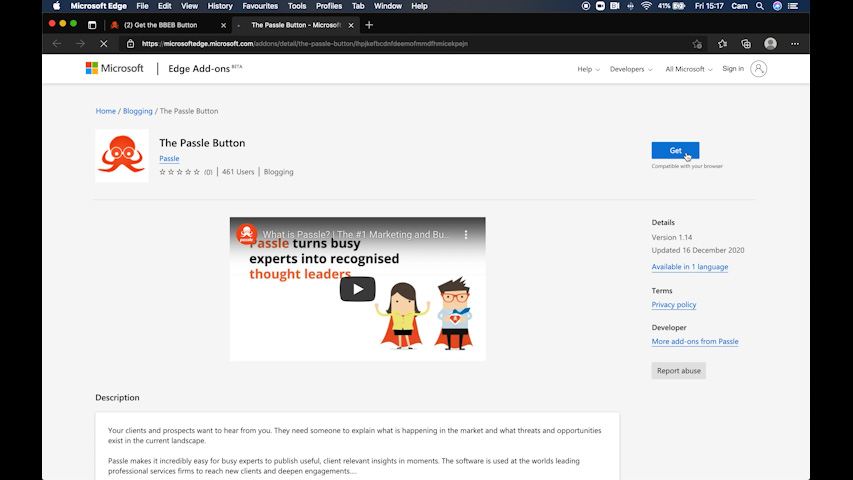It's approaching the end of Disability Pride Month, and as a disabled person I often witness the awkwardness of someone you don't know trying to say/do the right thing when you explain you are disabled. This guide helps set out the basics of disability etiquette.

Image Description:
A poster displaying the following text:
General Do’s and Don’ts
- Relax and enjoy getting to know your colleagues or guests as people and as professionals
- Ask before you provide assistance
- Do not assume that a person with an apparent disability needs assistance; offering assistance in broad terms such as Let me know if you need anything opens the door without assumptions of inability
- Think in terms of ‘Disability Pride’ language using powerful words such as: wheelchair user as opposed to confined to a wheelchair or wheelchair person; person who is deaf or blind rather than deaf or blind people
Individuals with Mobility Disabilities
- Do not touch a person’s mobility equipment
- Be sensitive about physical contact in consideration of possible pain, balance, or post-traumatic stress issues
- Always direct your conversation that is meant for the person with a disability to them and not to their personal assistant, interpreter, companion or colleague
- If convenient and natural, put yourself at the person’s eye level when engaging in a conversation; rather than kneeling, pull up a chair
Individuals who are Blind or Low Vision
- Identify yourself when approaching the person or entering an ongoing conversation; announce when you leave the conversation or the room
- When serving as a sighted guide, offer your arm or shoulder rather than grabbing the person’s arm or pushing the person from the back
- Describe the setting, environment, and obstacles when serving as a sighted guide
- Resist the temptation to pet or talk to a guide or service animal; ask the person if there is a time when you can interact with the service animal
- Offer to read the information if the occasion naturally arises such as during a roundtable or a meal
Individuals who are Deaf or Hard of Hearing
- Gain the person’s attention before starting a conversation (e.g., tap the person gently on the shoulder or arm or by a hand signal)
- If the individual uses a sign language interpreter, speak directly to the person, not the interpreter; keep your eyes on the individual and not on the interpreter, especially when the interpreter is voicing for the person who is deaf
- Face the person, speak in normal tones, and avoid the instinct to shout as it doesn’t help
Individuals who have Speech Disabilities
- If you do not understand what the person is saying, ask the person to repeat what they said and then repeat it back to ensure you understood
- Do not speak for the person or attempt to finish their sentences
- If the conversation is not working, explain that and ask if you can try with writing (e.g. electronic communication devices, paper and pencil, etc.)
Individuals who have Non-Apparent Disabilities
If you sense that the conversation or interaction is not going well, the following strategies may help to accommodate non-apparent disabilities such as mental health disabilities, learning disabilities, autism spectrum, mild hearing loss, ADD/ADHD, and Post Traumatic Stress:
- Moving to a quiet area
- Rephrasing what you said
- Changing the pace of the conversation
The more aware you are of the etiquette, the easier it will be to interact, removing the awkwardness for you and the disabled person.
Please share to help raise awareness of Disability Etiquette this Disability Pride Month.
General Do’s and Don’ts Relax and enjoy getting to know your colleagues or guests as people and as professionals Ask before you provide assistance Do not assume that a person with an apparent disability needs assistance; offering assistance in broad terms such as Let me know if you need anything opens the door without assumptions of inability Think in terms of ‘Disability Pride’ language using powerful words such as: wheelchair user as opposed to confined to a wheelchair or wheelchair person; person who is deaf or blind rather than deaf or blind people
 unknownx500
unknownx500






